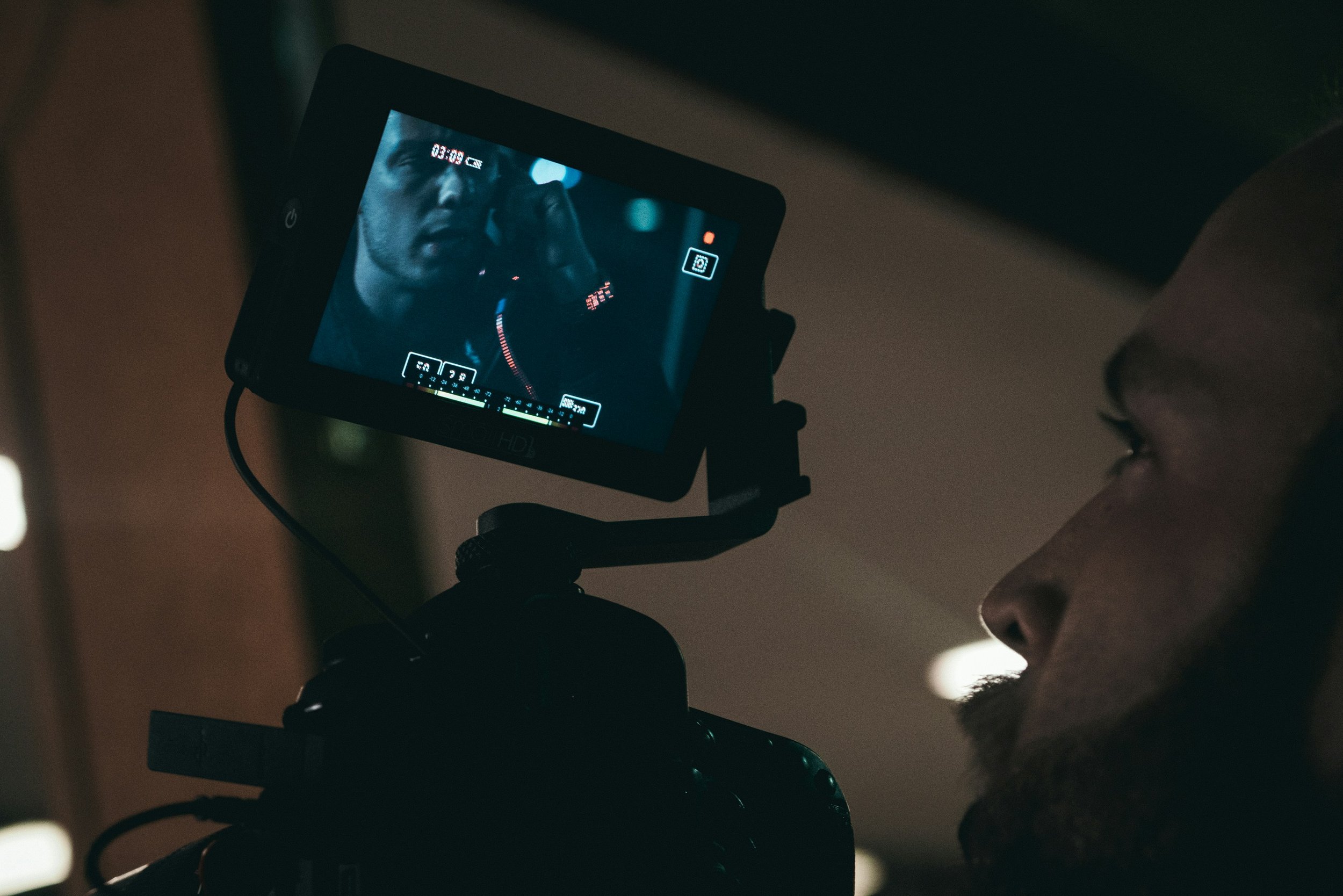Set the stage for Respect on Set.
Respect on Set is built around a set of clear, actionable practices to help independent productions prevent discrimination, harassment, abuse, and retaliation.
While these guidelines are voluntary, they closely align with legal obligations under federal and state law and industry-recognized best practices, including those in union agreements.
They’re designed to be realistic, adaptable, and easy to integrate.
Respect on Set guidelines support U.S.-based independent film, television, and digital productions, from prep through post.
About the Guidelines
Looking for the IATSE LBA Requirements?
Click here
Who & When
Respect on Set guidelines apply across all phases of production, to everyone involved in production while in the workplace:
Cast and crew
Writers and directors
Applicants, interns, and staff
Producers, department heads, and supervisors
Independent contractors, vendors, and affiliated personnel.
The workplace includes:
On and off-site production locations, including post-production
Writers’ rooms, production offices, and virtual/remote workspaces
Off-hours settings that impact the work environments (e.g., wrap parties, travel, housing).
6 Core Practices
These 6 core practices apply to every production. When you’re ready to integrate them, visit our Production Tools page.
1. Policies
Every production adopts and distributes:
A conduct policy that prohibits harassment, discrimination, abusive conduct, and retaliation
An Equal Employment Opportunity (EEO) policy
These policies set the standard for respectful conduct and serve as the foundation for accountability.
2. Communication
Policies and reporting information are shared with everyone working on production during onboarding and kick-off and are visible in:
Start paperwork or deal memos
Orientation materials
Signage on set (when feasible, based on location)
Cast and crew must know how to raise a concern and who to contact if they have questions or experience a problem.
3. Training
All production staff receive training that:
Meets applicable federal and state law
Covers harassment (including sexual harassment), discrimination, abusive conduct, and working with minors
Clearly explains how to raise concerns and what to expect
4. Reporting
Reporting options should include:
Internal channels (e.g., supervisor, First AD, safety officer)
External resources (e.g., MyConnext, Entertainment Industry Helpline)
At least one reporting option should appear on the daily call sheet. Other methods (e.g., posters, crew briefings) are encouraged.
5. Investigation
When a concern is raised:
Investigate promptly, fairly, and without retaliation
Use a qualified, impartial investigator who meets state or applicable legal standards.
6. Corrective Action
If a violation occurs:
Respond promptly and appropriately
Put steps in place to prevent repeat issues - even if you receive the report after wrap.
Scenarios that carry additional risk require extra planning and protections.
Special Considerations
Intimacy Coordination
When cast and crew are required to be involved in scenes that include nudity, partial nudity, simulated sex acts, and/or passionate kissing, the Producer will use commercially reasonable efforts to provide an Intimacy Coordinator.
Producer will consider in good faith any other requests for an Intimacy Coordinator.
Working with Minors
If your production includes minors (under 18):
Producer has written policies on adult-minor interactions (e.g., touch, social media, one-on-ones)
Ensure active supervision in line with union rules and best practices
Provide clear procedures for reporting safety concerns
Conduct background checks on teachers, tutors, and welfare workers
Consider background checks for others working in close proximity to minors
Managing High-Risk Situations
Proactively address situations where there is increased risk of harm or boundary-crossing:
Substance use in or near the workplace.
Personal relationships between team members
Use of social media or behind-the-scenes content.
Bring Respect on Set guidelines to life
Practical tools for creative minds. Our customizable resources are designed to make your job easier, so you can focus on creating the magic.
Working under the I.A.T.S.E. LBA?
Read the Requirements >





